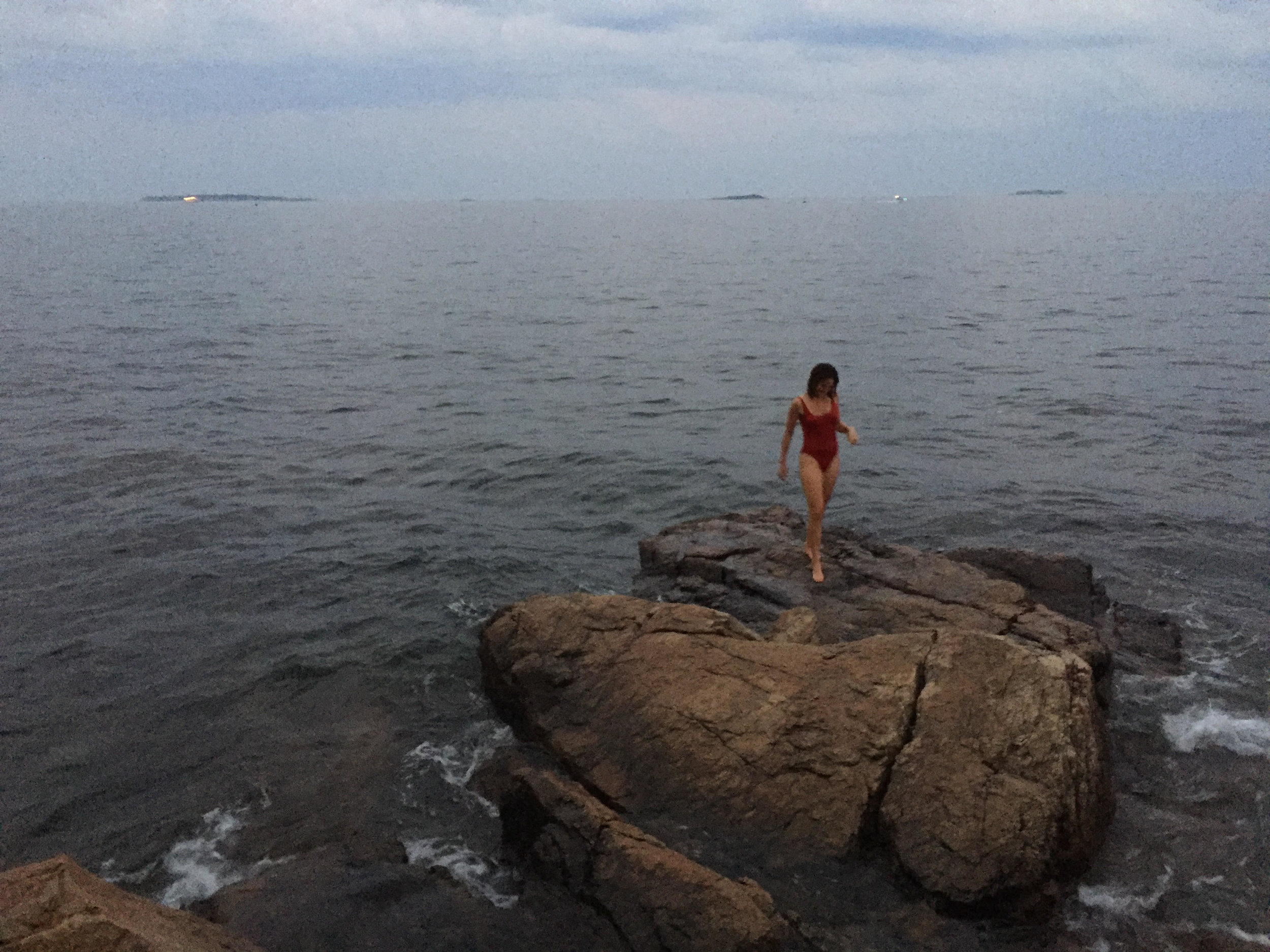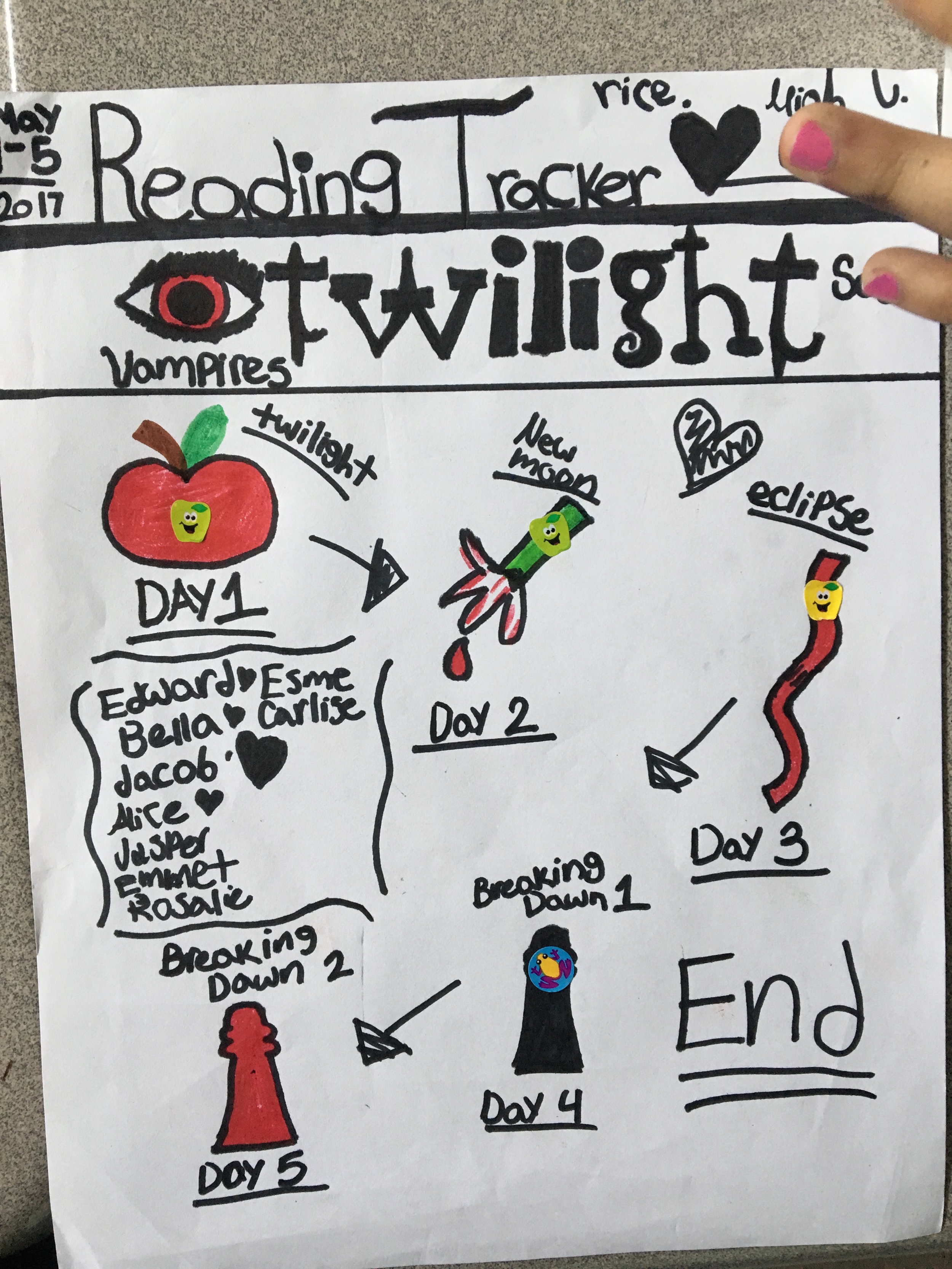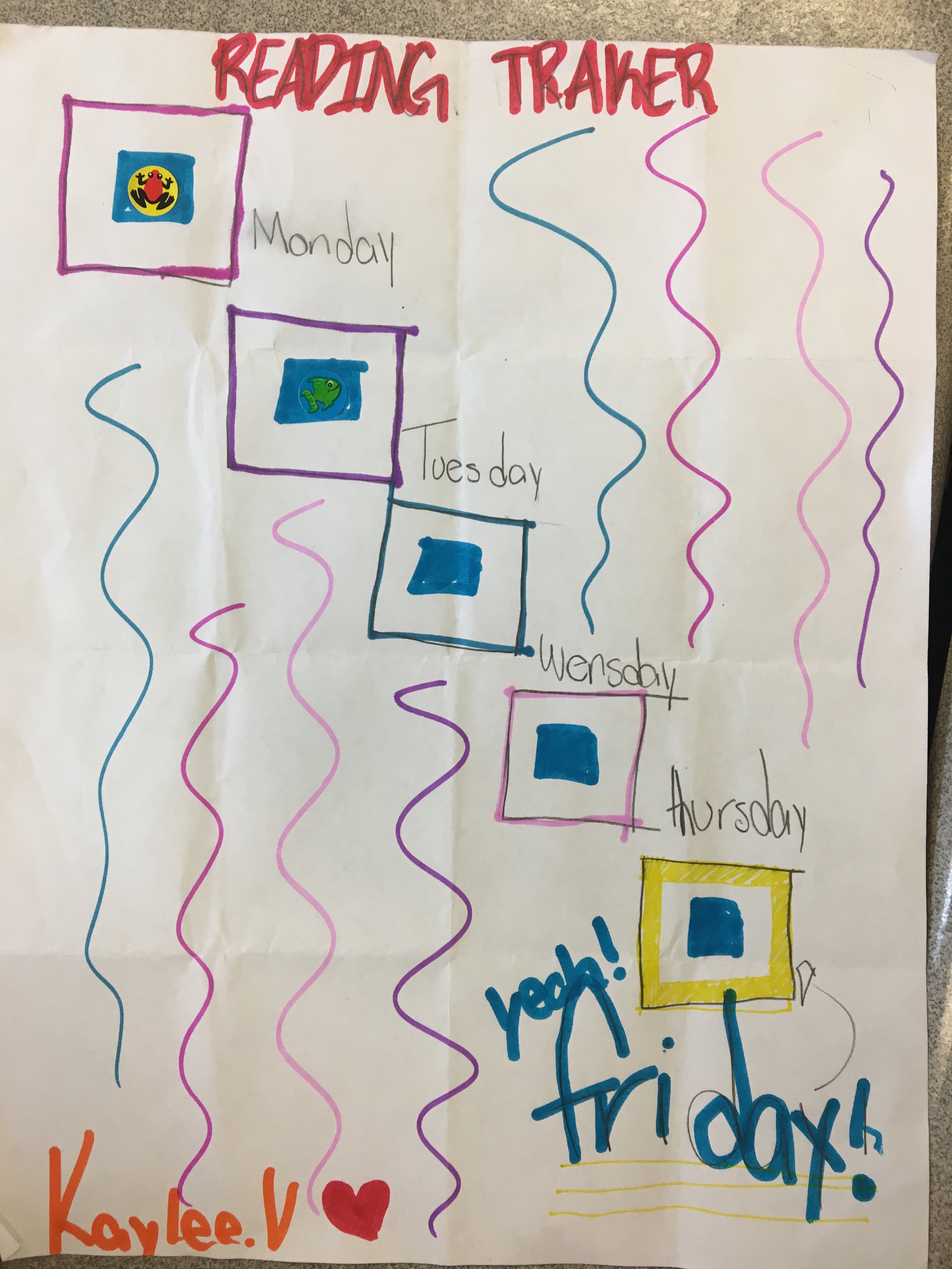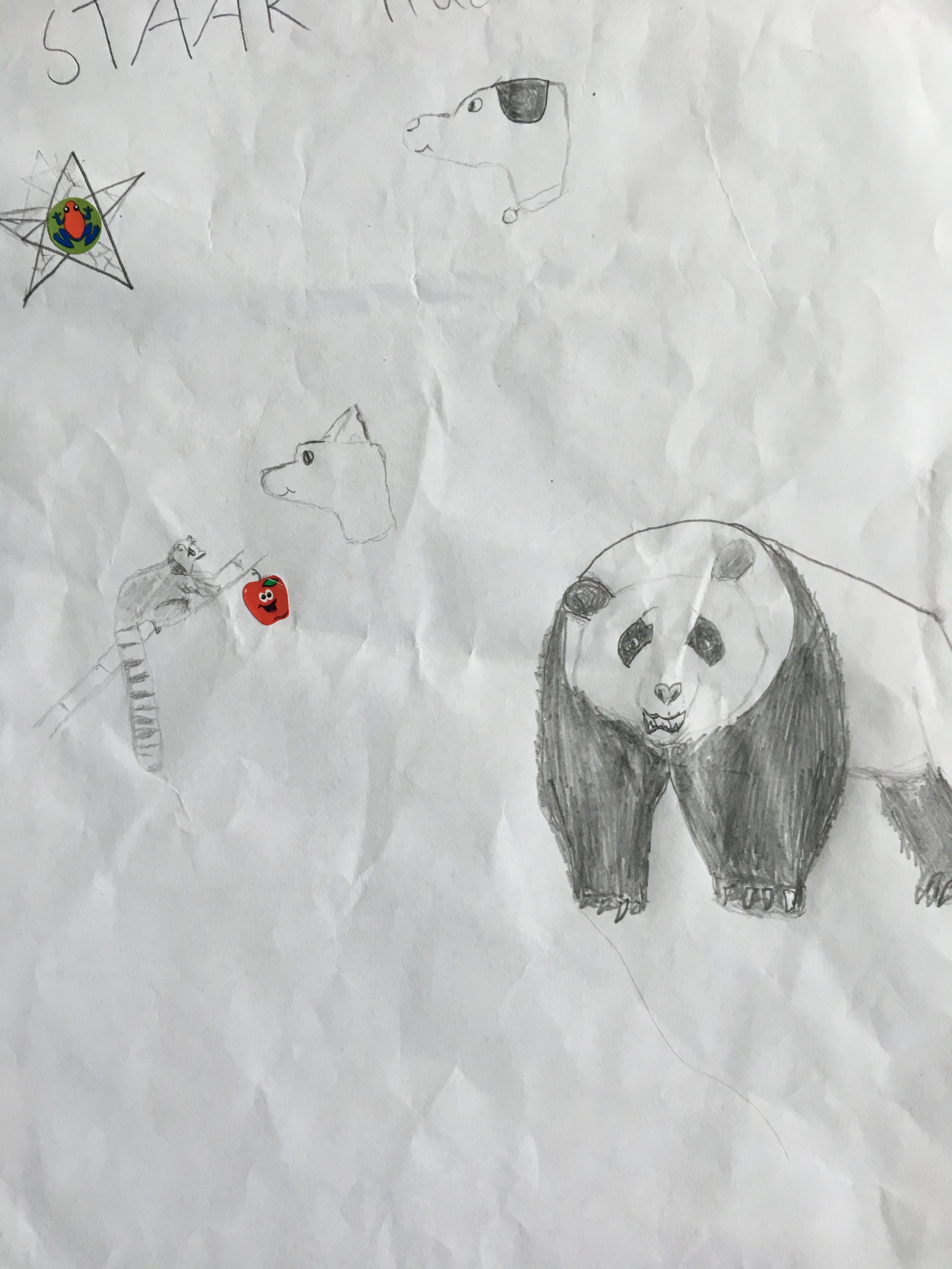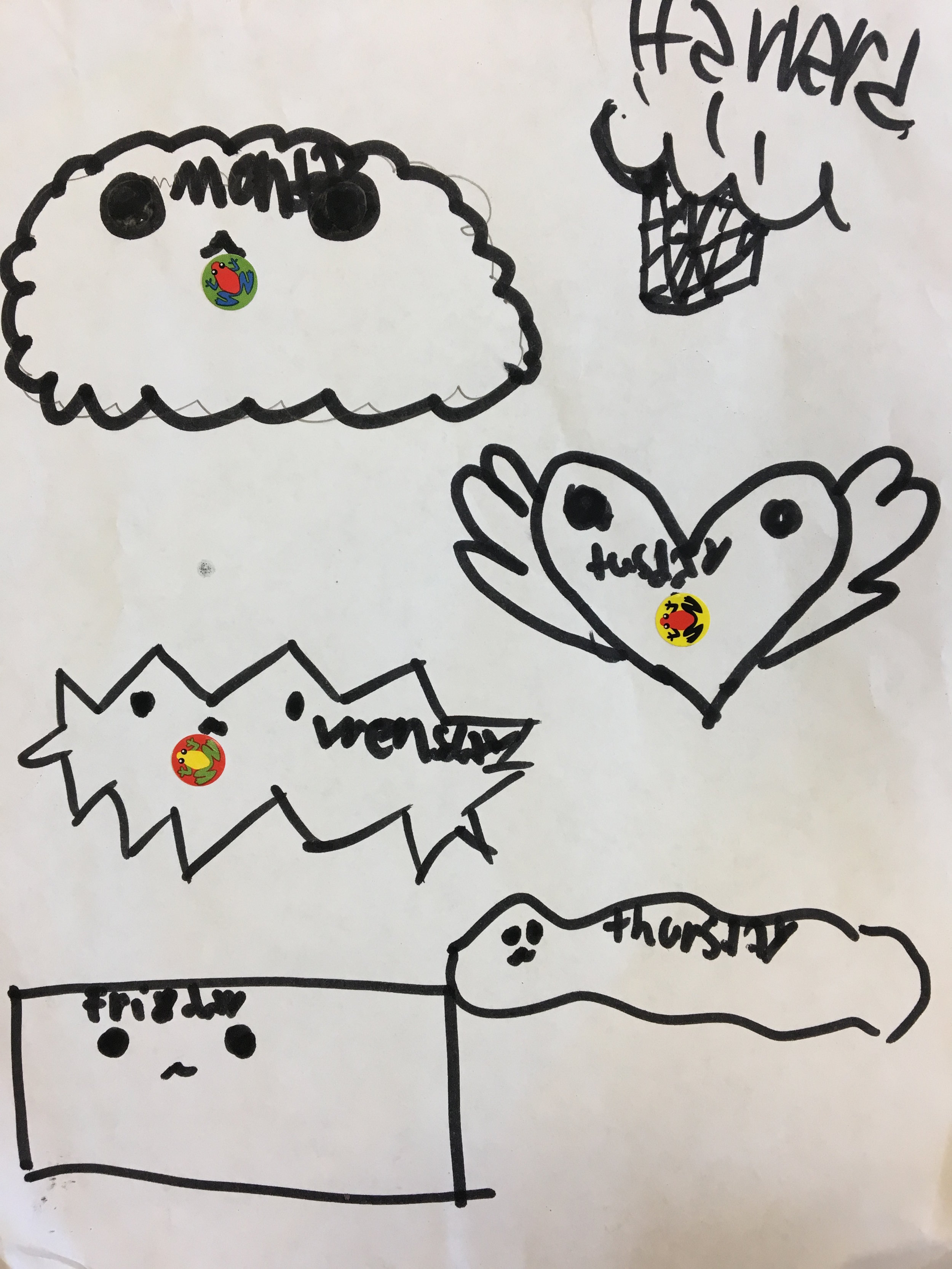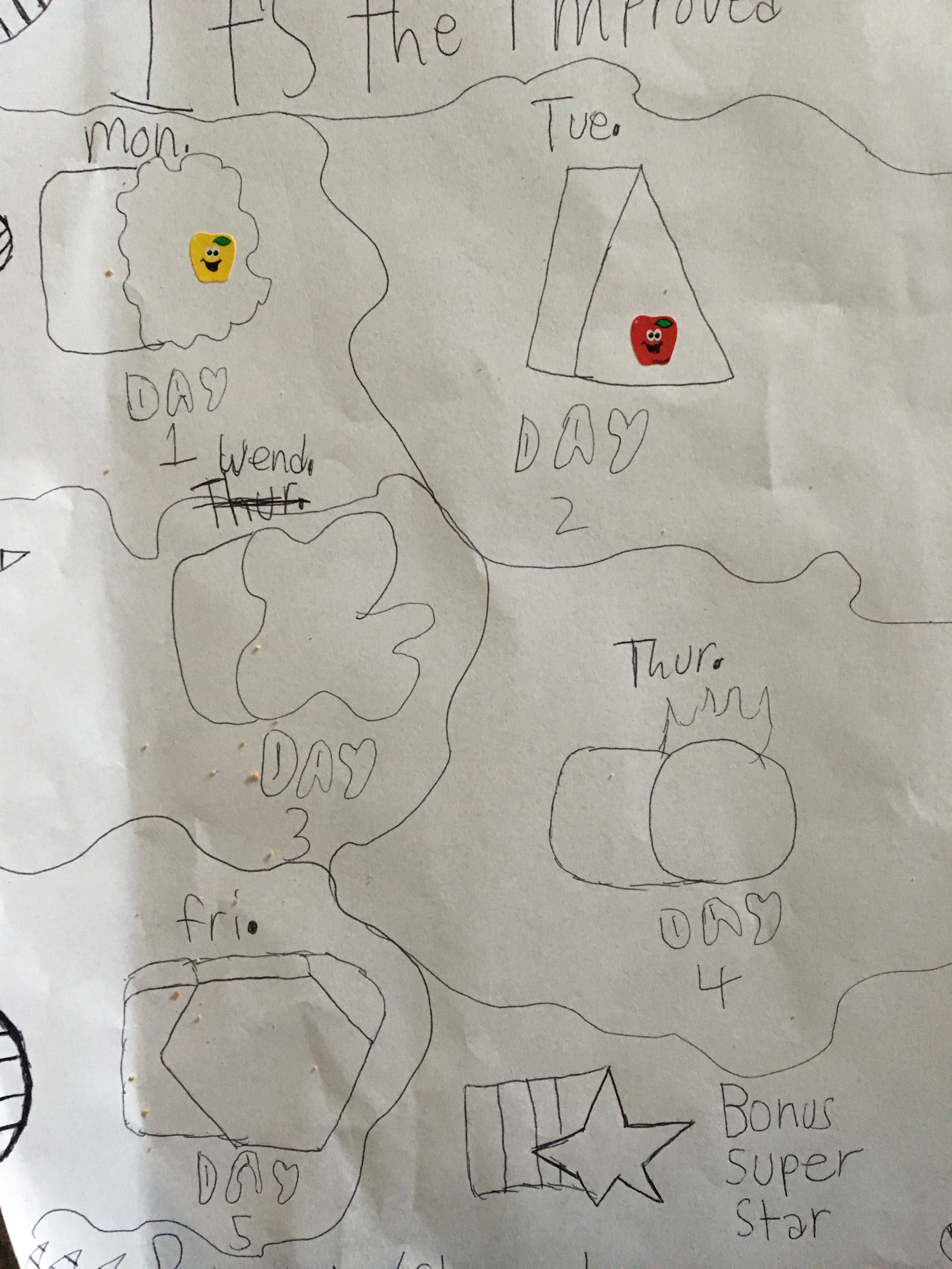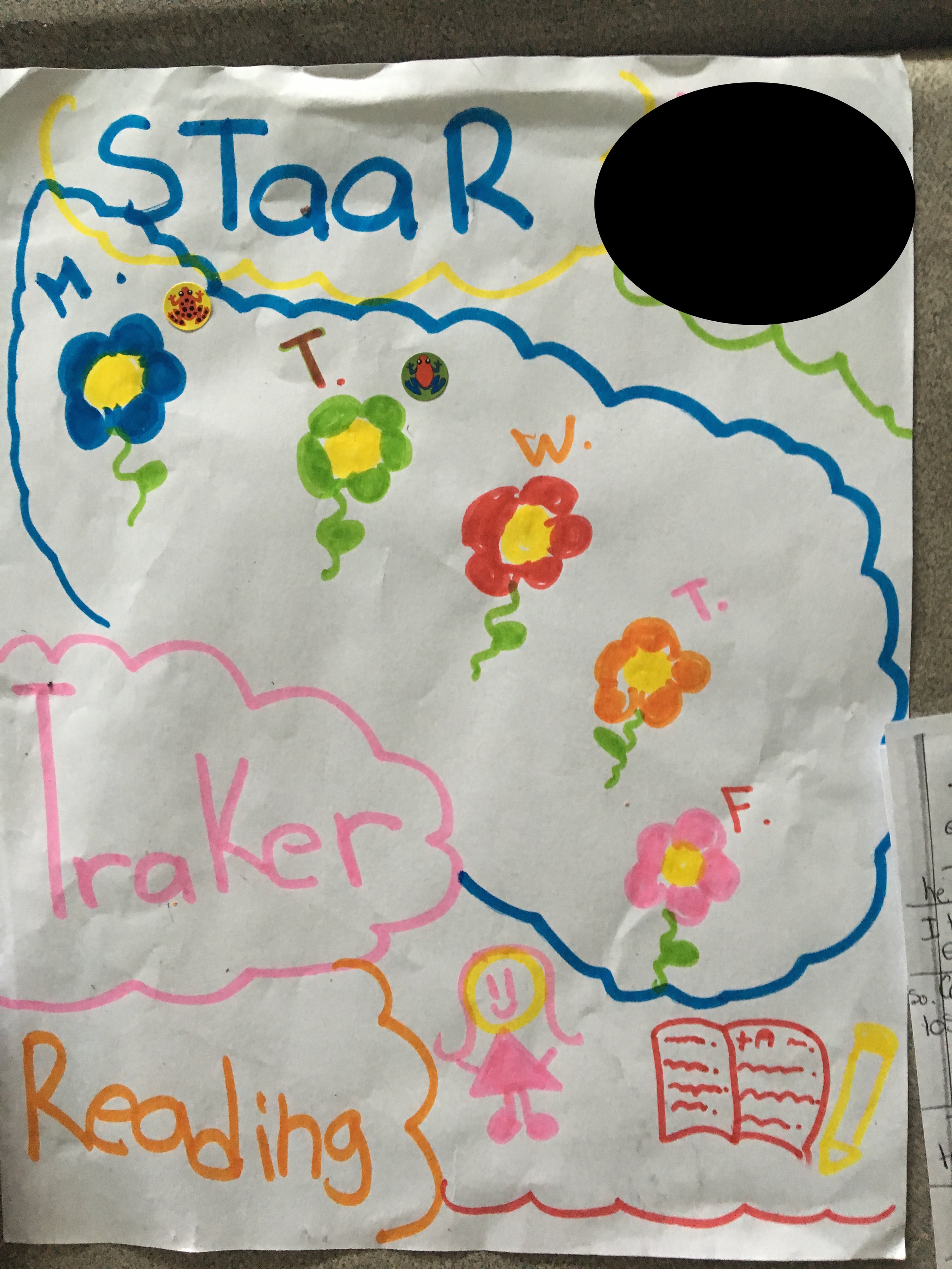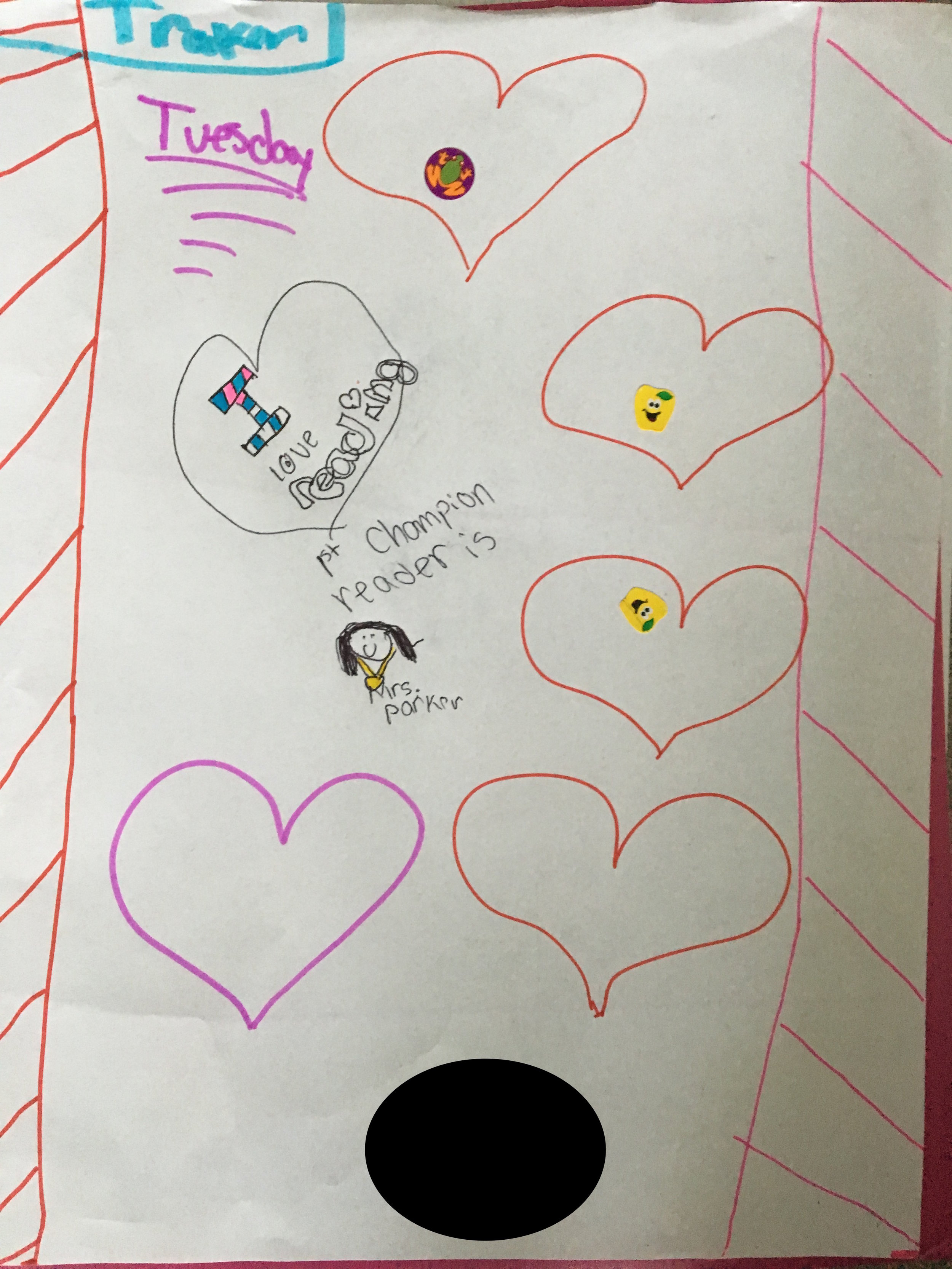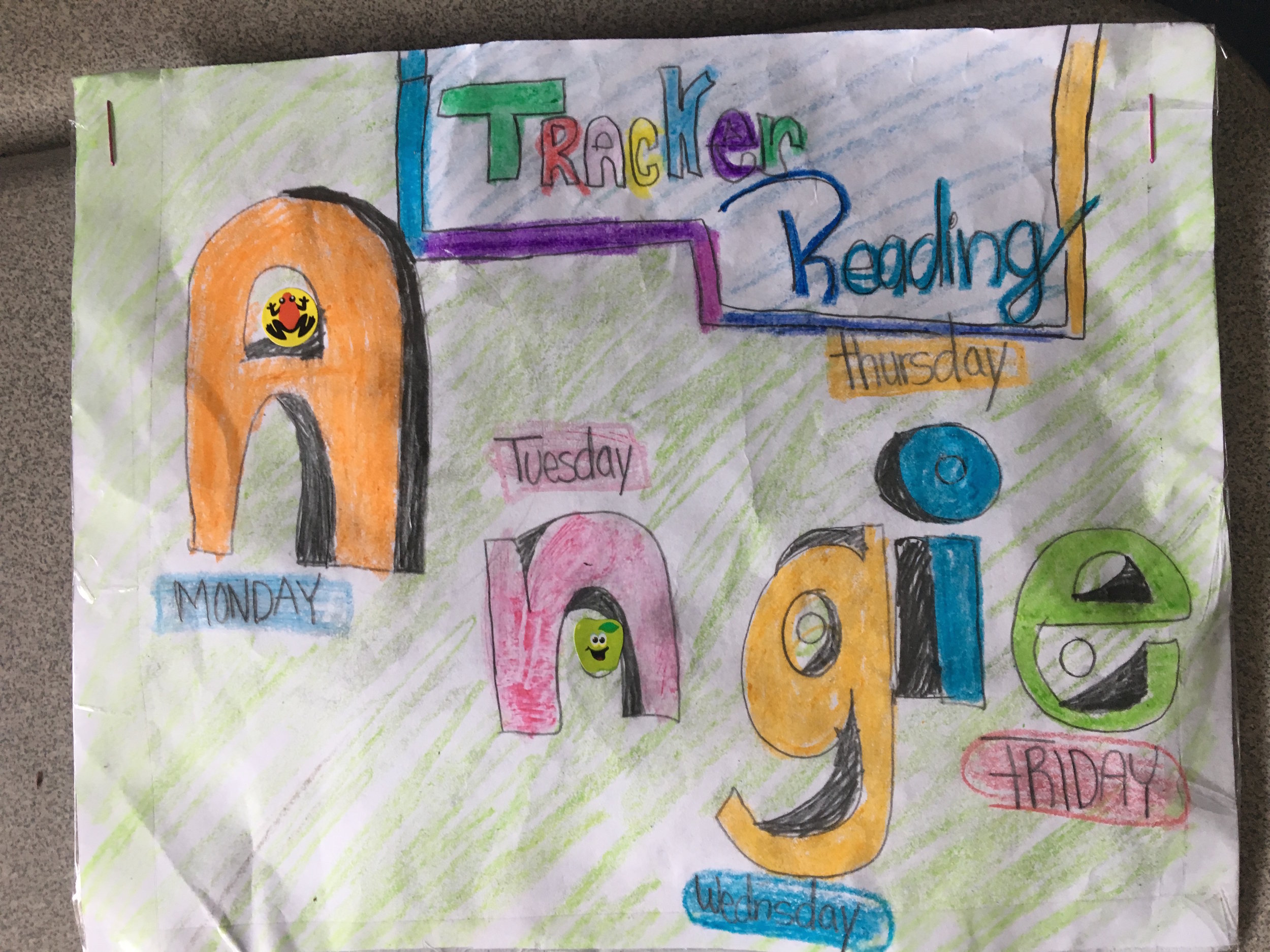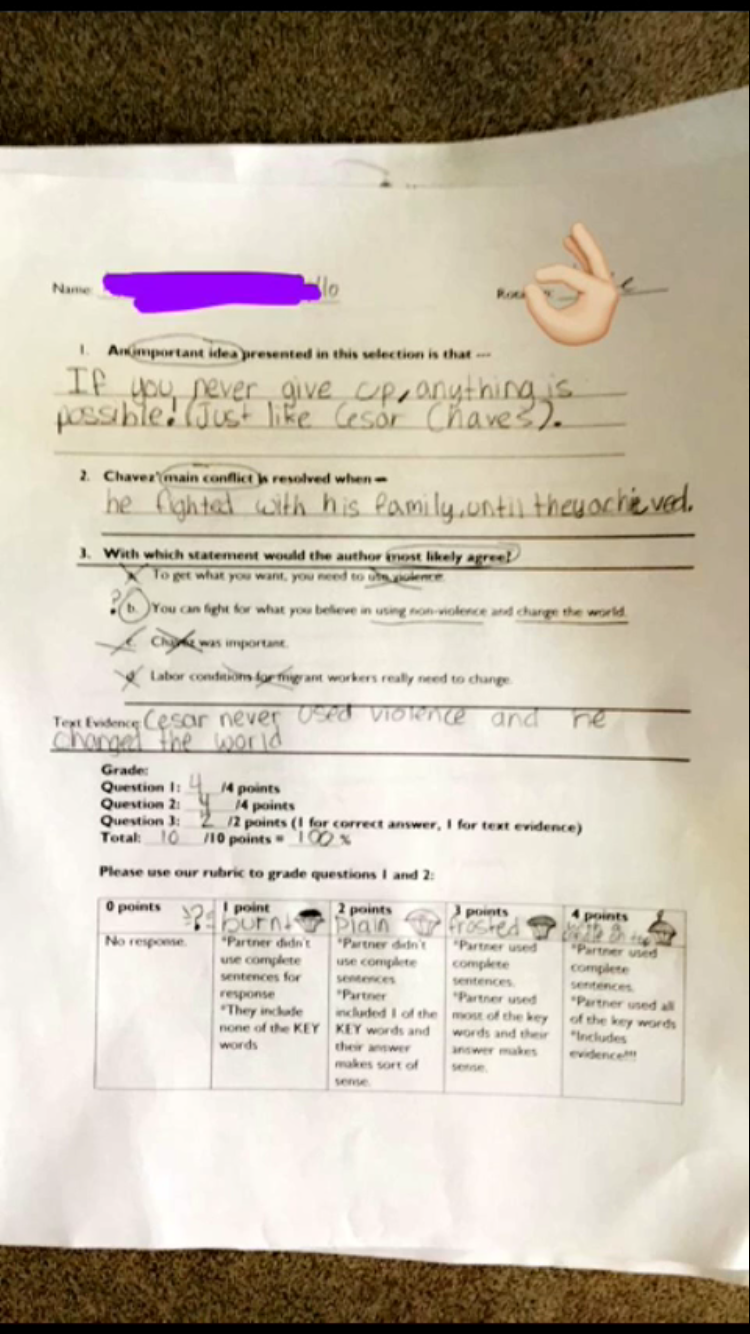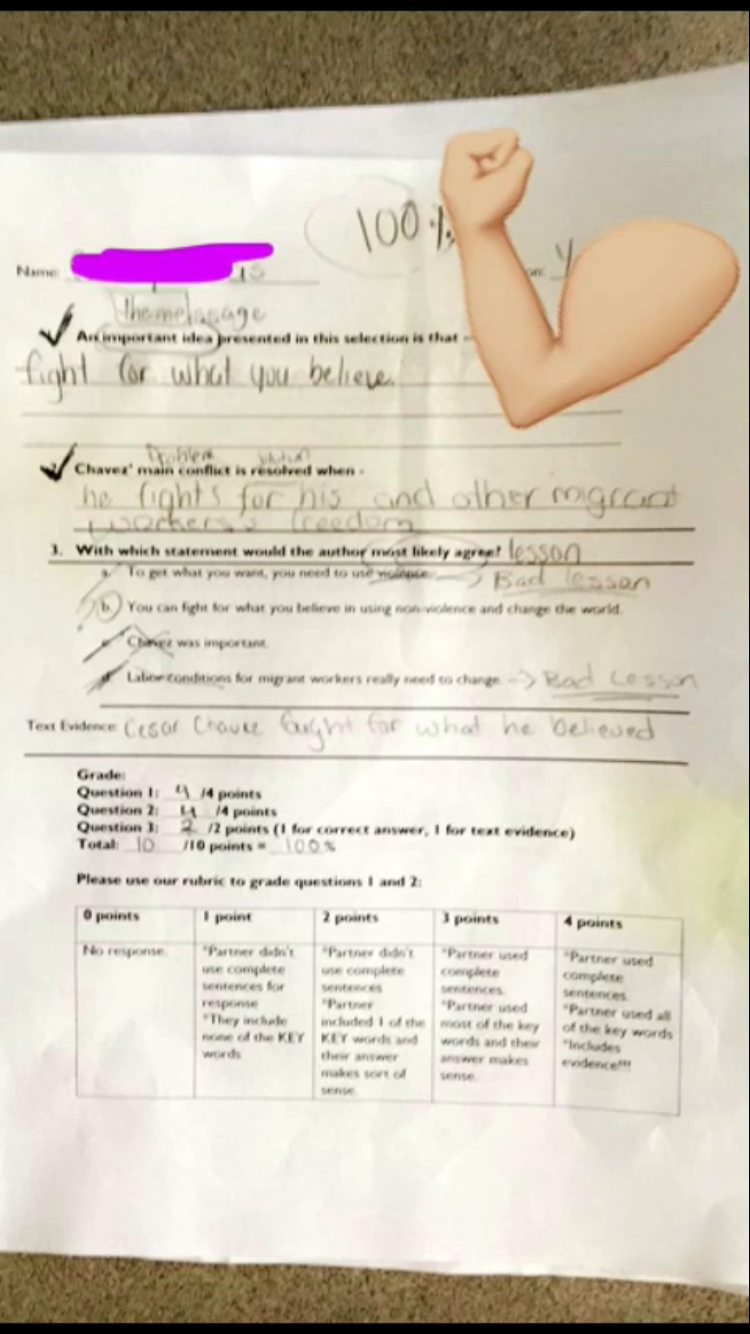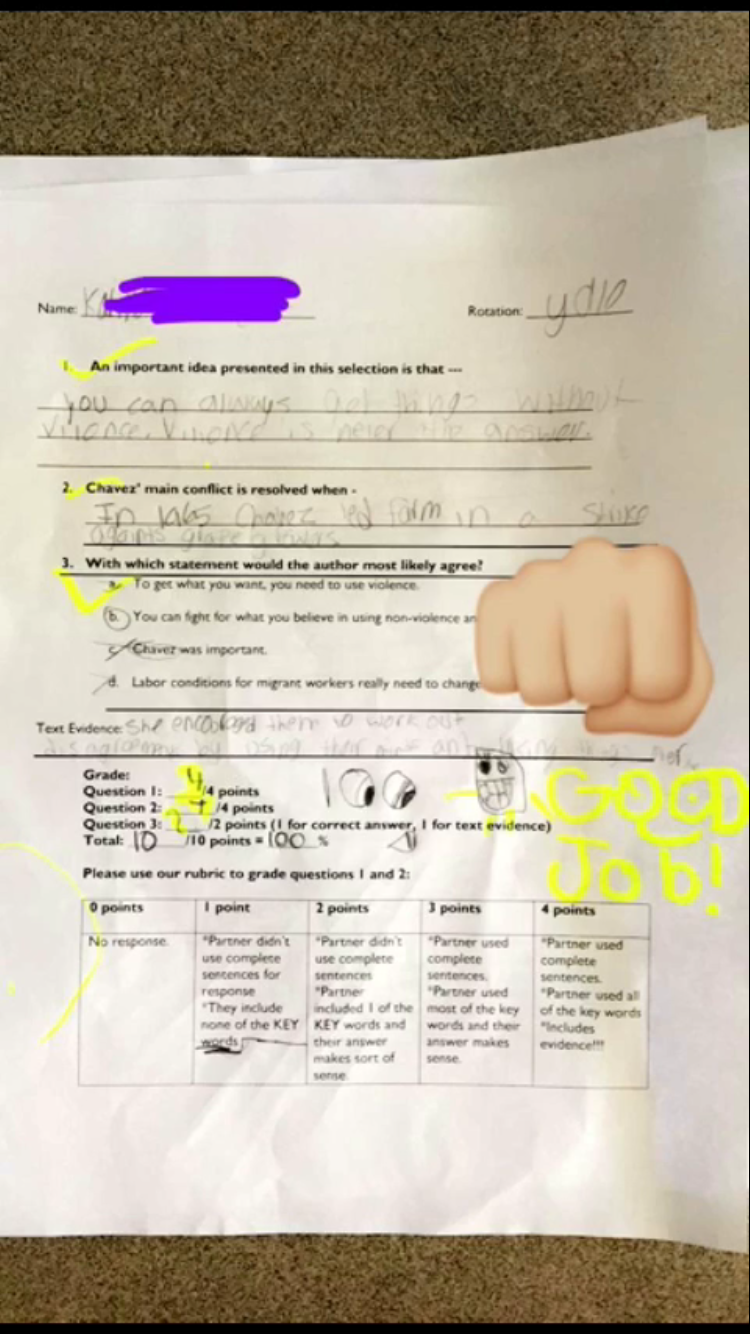If you scrolled back to the first essay on this site, from 2015, and read through the rest of the words stored here - on social activism, on writing, on ranchers, on nostalgia, on language, on Benefit Corporations and educational equity and sugar highs and road trips and cities of innovation and oceans and grinding poverty all combined - maybe you'd immediately suggest that I look for a role with an impact investment fund. (Or maybe not).
However, since we are *all about the journey*, it took me three years to figure out the right direction for a career I'd want to dig into. I'm sharing an interview I got to do with a young woman whose made it her side hustle to interview young women in all sorts of investment roles. It answers a lot of questions about what the heck impact investing with Acumen means, and, I hope, it can be useful to anyone thinking about a career in social impact, or a career without a clearly defined title.
The original is here, and I highly recommend checking out the other interviews Nikita has pulled together.
What attracted you to venture capital and working with startups?
It’s a long story, but each chapter was important. In some way it began in my childhood kitchen. My dad is a business owner - he runs a chain of weekly local papers with my aunt. Our kitchen table was always covered in advance copies of the paper, and I loved visiting the small businesses downtown that advertised because it felt like we lived in a strong community. My first job was writing for The Bernardsville News. I interviewed local characters and I loved learning about who they were and what they were working on. That desire to share people’s perspectives led me to major in American Studies and work for student publications at Yale. I was specifically interested in the intersection of journalism and activism. After I graduated, I started working for NationSwell, a social impact media startup.
I was a jack of all trades on a staff of 3 working to crack the problem of telling stories that motivate readers to take action. We started a series of in-person sessions in NYC with innovators like General McChrystal and Andrew Yang (the founder of Venture for America) to bring service-minded people together and create solutions. Over that first year, I helped build this series of monthly gatherings into a membership community, the NationSwell Council, that became a key revenue stream for NationSwell’s media platform and has now expanded to 7 cities across the US.
I was doing this on the side while I had a full-time job in consulting. There are so many different ways to work with startups, be that as an intrapreneur at a corporation or a scrappy founder or something in between. I loved building NationSwell, and it gave me the opportunity to use skills I had picked up from journalism and consulting. When I was considering my next move, I knew that I was interested in social enterprise. I also strongly believed that I needed to live in the communities I wanted to work with. So I signed up for Teach for America and taught on the border in Pharr, Texas for two years. I started noticing things that were too systemic to solve as a teacher. Intergenerational challenges - lack of job opportunities and financial empowerment. I wanted to work for a fund that was investing in companies providing these fundamental rights to low-income families. I am proud to be at Acumen now.
What makes Acumen different than other social impact funds?
There’s been a proliferation of impact investing funds in the last few years, which is generally a great thing. But in South Texas, I also saw a lot of companies with an impact mission that didn’t actually prioritize what families needed. I only looked at funds that clearly tracked the impact of their investments. Acumen has Lean Data: a mobile-based methodology we built to collect customer and business insights in 2-8 weeks at low cost. Lean Data helps us understand what’s important to customers and how our portfolio companies can implement that feedback for their next quarter. Because it’s a standardized way of collecting data - now being used by other impact investors, too - we can benchmark across business models, geographies, and stages of business. We believe it makes us better investors.
Here’s an example of how Lean Data works. One of our investees, BioLite, an energy company that sells smokeless cookstoves in East Africa and India, wanted to understand how they could help sales agents improve their pitches to better reach women. The Lean Data survey asked customers what motivated them to make their purchase and spoke to BioLite’s sales agents to understand how they targeted their customers. We found that BioLite’s core value prop of saving money on fuel resonated for male and female customers, but that men and women were motivated by different secondary factors for purchasing a stove. BioLite’s sales team has been able to pilot different sales methods based on this feedback, and we’re about to conduct a follow-up survey to understand if sales and conversion rates have improved.
The last thing that makes Acumen special goes beyond the dollars. We’re developing leaders in the markets where we work. We have five regional fellowship programs which are like mini-MBAs for early-stage entrepreneurs, intrapreneurs, and activists to build both hard skills like financial modeling and softer skills like storytelling. It’s a powerful community of social entrepreneurs that pays it forward and that we see as essential for building the social impact ecosystem - Acumen Fellows have even started companies together.
How does an impact fund differ from your typical institutional venture firm?
Every impact fund is a bit different, and Acumen has a unique position as a non-profit. One big difference obviously is that I fundraise philanthropy, which our investment team then invests in for-profit companies. We aim for a 1x return across our entire portfolio and any return from exit is re-invested in our fund. Because of our structure, we can take risks on new business models or markets that an institutional investor or even another impact fund might not be able to stomach. We see our investments as catalysts for whole sectors, creating investment opportunities for other funds.
One of my favorite examples is off-grid solar company, d.light. We made a $200,000 investment in 2007, when its prototype was the cheapest available solar lantern in the Indian and E. African markets. We made the bet that it could be transformational for the entire off-grid energy sector. As the company grew, our additional equity and debt investments attracted investment from larger impact and institutional investors. This spring, d.light raised $50M in debt funding and reached their 82 millionth customer. Over ten years we’ve invested $5M in d.light - if we had donated the equivalent in solar lanterns, we would have reached only 250,000 customers.
How did you find and recruit for this role at Acumen?
I reached out to everyone I knew in the impact space after my teaching job. I created a Google Drive with social impact jobs and relevant funds. At that time, I was also considering joining an early-stage, mission-driven company. A founder at one of the edtech companies I spoke to connected me with a women at Acumen America who is now my colleague (hi Stella!), and we had a great informational conversation about what she was seeing in the workforce development and financial inclusion sectors. But at that time there were no openings at Acumen.
I decided to move to San Francisco last summer without a job, but a role at Acumen actually opened up the day I started driving West. My informational interviews ended up being really helpful - my now-colleague was able to speak to my cultural fit for Acumen, and, in having had conversation after conversation, I had refined my why for impact investing as well as a clear narrative of how my skills were a fit. I was coming from non-traditional investment background but I had thought carefully about the abilities I’d honed as a journalist and teacher. I was able to draw connections between everything I’d done and how they led me to Acumen.
What are some investments that you’re excited about in this area?
EveryTable, a chain of grab-and-go restaurants that provide healthy meals at affordable prices across L.A. from Beverly Hills to Compton, is actually in our health portfolio but has a really cool workforce development component. The company hires staff from the neighborhoods where it works, in partnership with local nonprofits serving formerly incarcerated individuals, foster kids aging out of the system, single mothers, and more. They pay more than minimum wage, but are exploring a franchising system that goes far beyond that.
In the traditional fast food franchise world, there’s been something like redlining, where a franchise owner in a low-income neighborhood doesn’t have opportunities to open stores in more affluent areas. The vision for Everytable’s franchise system is that it would train employees in entrepreneurship and provide them a path to ownership in any neighborhood that the restaurant serves. If you think about the size of popular franchises like Subway and McDonalds, the opportunity for low-income and minority entrepreneurs with a re-imagined system is huge. It looks like breaking down structural inequities.
You are researching strategic partnerships while managing events and relationships with existing Partners. How do you manage all of these responsibilities?
I am learning something new every day, especially around how to manage my workflow! I’ve just started using a 1-3-5 system to keep track of priorities - one main priority for the day that must get done, three medium-sized tasks to complete, and then 5 little things - say, an email, or registering for an event - that I could even do on my commute. .
Because my role is all about sharing Acumen’s work, I have to be on top of everything that’s happening around our organization. I I try to capture my thoughts on what I’ve read or heard in tweets; knowing that I can succinctly summarize my work is a great way to help the information stick.
I also practice my pitches however I can! The better I know how to tell Acumen’s story, the more successful I can be in meetings with Partners and prospects. I like to do rapid fire pitches with my office colleagues as well as my friends. I’m grateful they let me use them as guinea pigs!
What are some challenges you face as an operator in vc?
That pesky imposter syndrome, which for me stems from my non-traditional background. I know I’m the right person for this role, but I think because we live in a culture of “experts” and I tend towards the generalist, every month or so I question my own authority. I have a few solutions to these brief existential crises. The first is to be up front about the areas where I need to grow - be that in terms of skills or mindset. My manager is all about growth and she pushes me in the right ways. We do coaching sessions, for example, to think through next steps for a strategic project or pitch. The second solution is a little more meta, but it helps me - I think about how my training as a journalist gave me tools to parachute in anywhere and learn quickly. Especially in a rapidly-changing field like impact venture, this skill is as important as expertise on a particular topic.
Any advice for young women who want to enter venture capital - on the investing, operations, or platform side?
If you’re interested in impact investing or social enterprise, the best thing you can do is - and I’m borrowing this from author and activist Bryan Stevenson - get proximate before you think systemic. If you want to have impact, you have to think about the community you’re impacting - and you have to know it. Listen to the people you’re serving.Find out ways to work within that community. Teaching was an extremely formational journey for me. I wouldn’t be at Acumen if I hadn’t driven past my students’ homes and developed relationships with their families - if I hadn’t seen on a day to day basis what a better loan term or job opportunity could have done for them. When I’m fundraising, I draw on these stories and they remind me why this work is so important.
